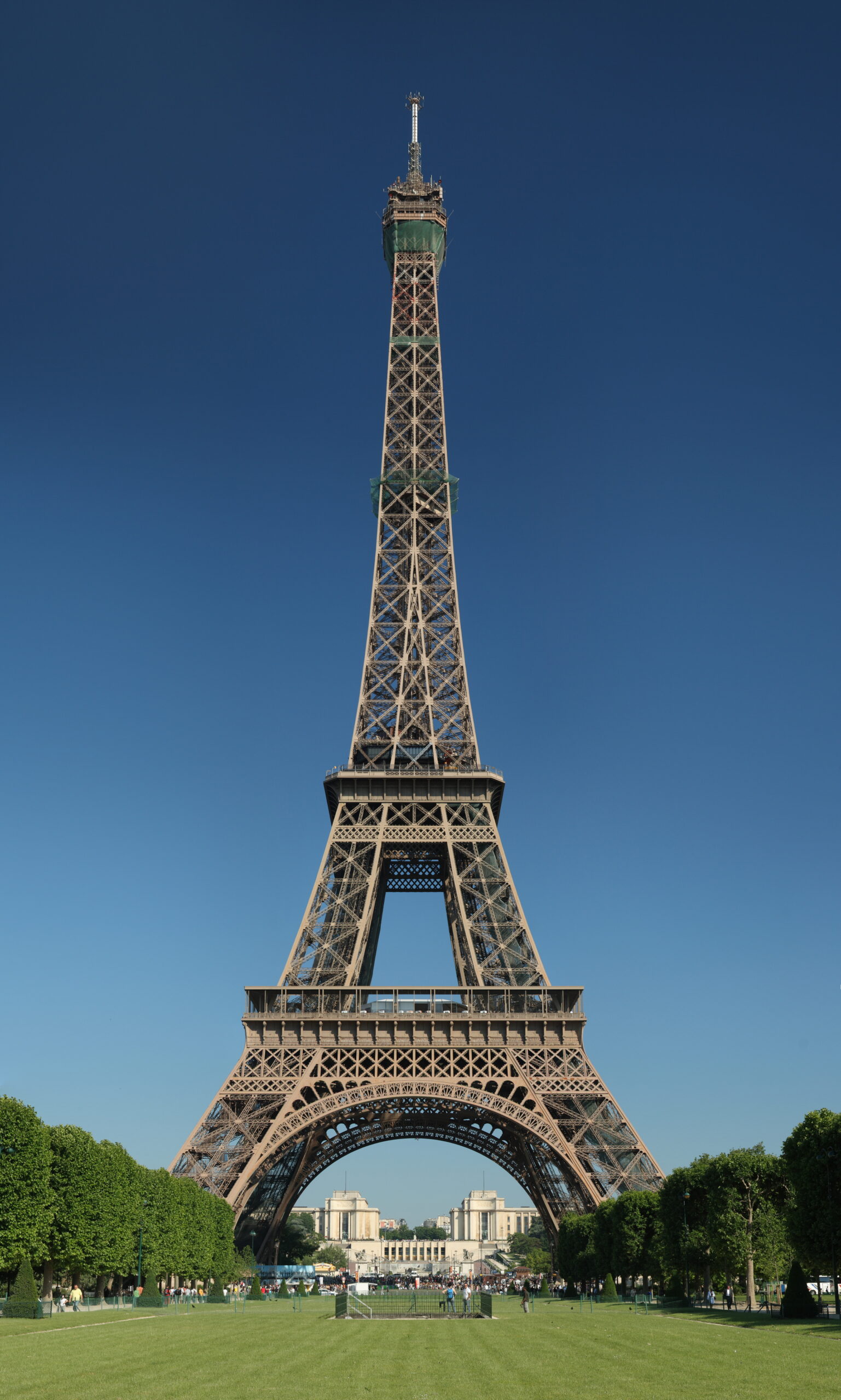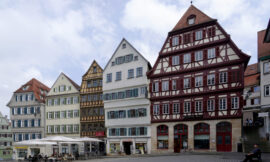The Eiffel Tower, an enduring symbol of Paris and a marvel of engineering, stands as one of the most iconic landmarks in the world. Named after its creator, the French engineer Gustave Eiffel, this towering iron structure has captivated visitors from around the globe since it was completed in 1889 for the Exposition Universelle, a world’s fair celebrating the 100th anniversary of the French Revolution. Today, the Eiffel Tower remains one of the most visited monuments in the world, attracting millions of tourists each year who come to marvel at its beauty, history, and panoramic views of the City of Light.
Rising to a height of 324 meters (1,063 feet), the Eiffel Tower was the tallest man-made structure in the world at the time of its completion and held that title for over 40 years until the construction of the Chrysler Building in New York City. Its distinctive lattice structure, composed of over 18,000 individual iron pieces and held together by over 2.5 million rivets, is a testament to the ingenuity and precision of its designers and builders.
One of the most striking features of the Eiffel Tower is its elegant design, which blends form and function in perfect harmony. Each of the tower’s four legs tapers towards the top, creating a graceful silhouette that is instantly recognizable around the world. At night, the Eiffel Tower is illuminated by thousands of twinkling lights, giving it a magical appearance that enchants visitors and locals alike.
The Eiffel Tower is not just a feat of engineering; it’s also a symbol of progress, innovation, and national pride. When it was first unveiled in 1889, the tower was met with mixed reactions from the public, with some critics dismissing it as an eyesore and a blight on the Parisian skyline. However, over time, the Eiffel Tower has come to be embraced as an enduring symbol of France and a beloved cultural icon.
Visitors to the Eiffel Tower can explore its three levels, each offering a unique perspective on the city below. The first level features a glass floor and interactive exhibits that provide insights into the history and construction of the tower. The second level boasts panoramic observation decks where visitors can enjoy stunning views of Paris’s landmarks, including the Arc de Triomphe, Notre-Dame Cathedral, and the Louvre Museum. Finally, the third level, reached by a glass-walled elevator, offers the highest vantage point on the tower, with unparalleled views stretching for miles in every direction.
In addition to its observation decks, the Eiffel Tower also boasts a range of dining options, from casual cafes to gourmet restaurants, where visitors can enjoy French cuisine while taking in the breathtaking views. For those seeking an extra dose of adventure, the tower also offers exhilarating experiences such as zip-lining and rappelling down its structure, providing a unique and unforgettable way to experience this iconic monument.
Beyond its role as a tourist attraction, the Eiffel Tower also serves as a venue for cultural events, celebrations, and ceremonies. From New Year’s Eve fireworks displays to light shows and art installations, the tower is a focal point for public gatherings and festivities, bringing people together from all walks of life to celebrate the spirit of Paris.
In conclusion, the Eiffel Tower stands as a symbol of Parisian elegance, ingenuity, and joie de vivre. From its graceful design to its breathtaking views, this iconic monument continues to inspire wonder and awe in all who behold it, reminding us of the enduring power of human creativity and the timeless allure of the City of Light.



